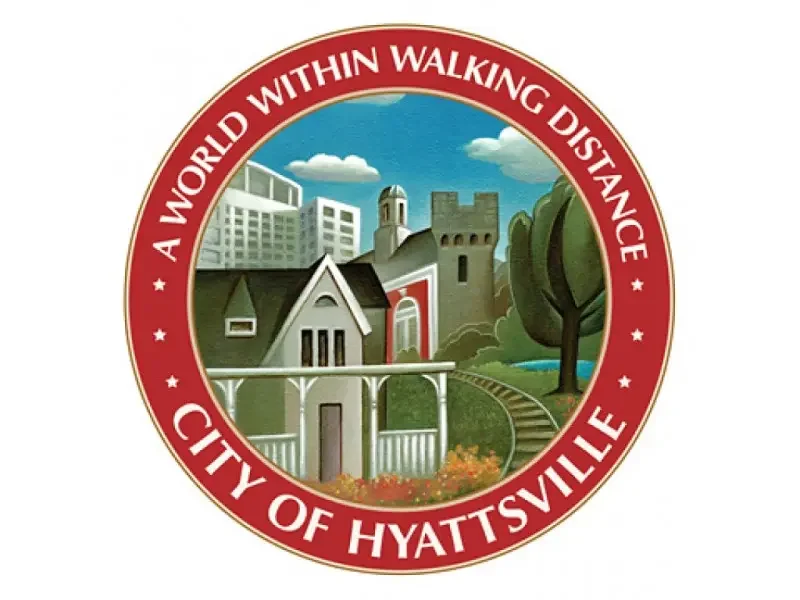Changing Public Opinion About Animal Control
Animal control officers play a vital role in the community, safeguarding the well-being of both animals and humans alike. Despite their service to the public, however, officers can sometimes get a “bad rap.” Much of this stems from the stereotype that officers are just “dog catchers out to snatch people’s pets” and drop them at a kill shelter. For many officers, their kinship with or proximity to traditional law enforcement also earns them a certain level of distrust from certain members of the community.
Animal control officers have a tough job as it is. That job becomes even more difficult when they have to fight against negative public perception at every call. While you can’t change everyone’s mind, there are a few small steps that officers can take to establish rapport, improve community engagement and make their daily interactions with the public a little easier.
Public Perception About Animal Control Officers
While the role of an animal control officer varies from municipality to county to organization, for most ACOs the job is a combination of animal welfare and law enforcement – and as any enforcement position will tell you, when you hold people accountable to the rules, you’re always going to ruffle a few feathers.
The enforcement portion of animal control can create a negative public perception in two very different ways. Much of this is based on biases or preconceived notions of the role of an enforcement officer. Owners who see a uniformed officer at their door might assume that animal control is here to unjustly take their dog away, punish them with a fine, or at the very least give them a hard time.
On the flip side, those members of the public who are making reports often have expectations in mind of what they believe animal control should be doing to serve their needs. Neighbors who call in with complaints assume that officers can magically make the situation next door disappear instantly, which is never the case. Compliance takes time and standard operating procedures must be followed – so when a situation isn’t instantly resolved, neighbors unfairly put the blame on the attending officer.
Whether it’s dealing with owners or neighbors – or both at the same time – ACOs often find themselves in the middle of conflict that can create a negative opinion of animal control.
How to Turn Around Misconceptions About Animal Control Officers
While every officer is bound to run across a number of unpleasant people (for whom no outreach efforts will ever change their opinions), a lot of the criticism and anger that gets directed at animal control officers comes from a place of fear or misunderstanding. People fear what they don’t understand and can’t control. When an officer shows up at their door, an animal owner might assume the officer is there to take their animal away, punish them with a citation, or just give them a hard time.
When misunderstanding is the prime culprit, education and empathy can be helpful. Building a rapport with the owner can make it easier to resolve the problem. Every officer has a different approach to building rapport, whether it’s using an easygoing rather than authoritative tone, listening to the owner to better understand the problem, or leading with reassurance that the officer doesn’t want to take their animal and is only there to see how they can work together to fix the problem. Carrying resource packets that let owners know of available resources, from food pantries to spay/neuter clinics, can also help to educate.
So much of the job of an animal control officer relies on soft skills like emotional intelligence, problem-solving, listening and other interpersonal skills. Investing in training that focuses on soft skills as much as it does safety procedures, animal handling and other field operations can go a long way toward empowering officers with the skills they need to facilitate positive interactions.
Participating in community engagement events can also help to increase education and build trust with the public. Even something as simple as social media can be a great way to position the work of animal control officers in a positive light and garner community support.
Additional Resources
In our webinar “How to Successfully Engage First-Time Pet Owners,” veteran ACO and animal cruelty trainer K.D. Hearst shares best practices for interacting with animal owners that are in over their heads, including verbal techniques for de-escalating situations and strategies for educating versus mandating.
In “Animal Control and Field Services Officers’ Perspectives on Community Engagement: A Qualitative Phenomenology Study,” animal control officers offer advice from their own experience on how to improve community engagement to create a more positive perception of animal control.
Improve Education and Community Engagement with Software
The job of an animal control officer is difficult enough without adding in extra stress from inefficient work processes and lack of visibility. For many officers, their vehicle is their office – so why not ensure your office is fully equipped with the tools you need to accurately, efficiently and safely do the job?
With field-ready software like Comcate’s Animal Control Manager, officers can create one central hub for all case materials, making it easy to:
Look up contacts and address information before responding to a call, ensuring that officers are up-to-date on all pertinent information and aren’t blindly walking into an ongoing or potentially hostile situation.
Create a case in 90 seconds thanks to pre-uploaded violations, tap-to-select location and the ability to upload photos and video.
Communicate with animal owners, complainants and other relevant parties through built-in communication features.
Generate notices, citations or other resource information with one-click thanks to pre-uploaded document templates.
Interested in learning more about whether animal control software is right for your organization? Fill out the form below to schedule time with one of our consultants and talk through your organization’s challenges and concerns and learn how software might help.
Schedule a Meeting with Comcate Today!
Learn how Comcate can help make government delivery simple, and offer a modern digital experience to help you increase transparency, efficiency, and performance across your departments. If you have any questions about implementing our software, please fill out the form below or call us directly at (415) 632-1248.
RECENT BLOG POSTS




